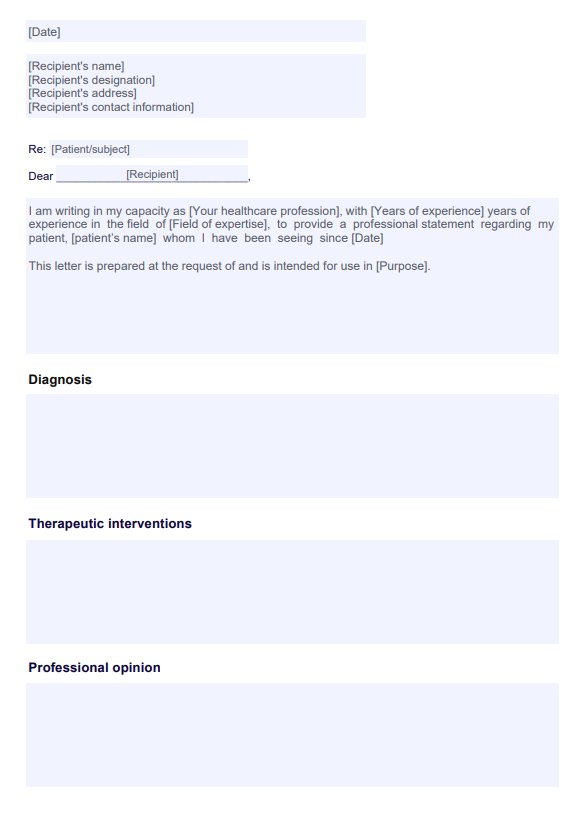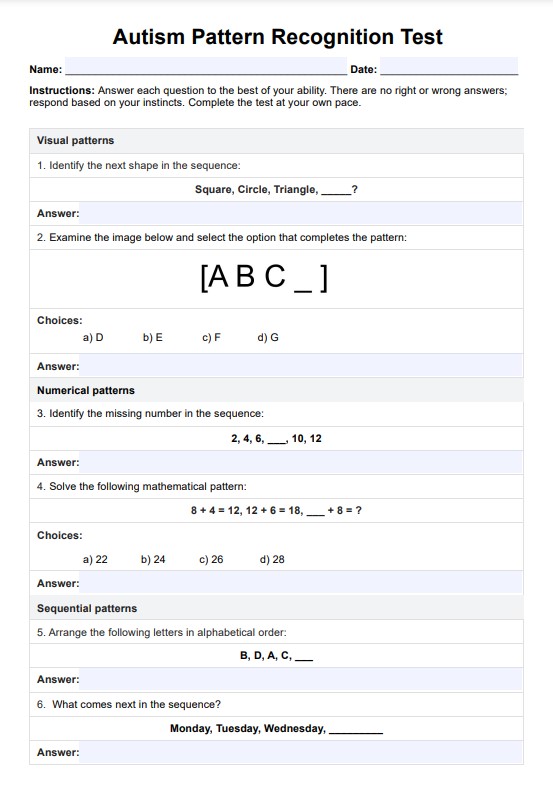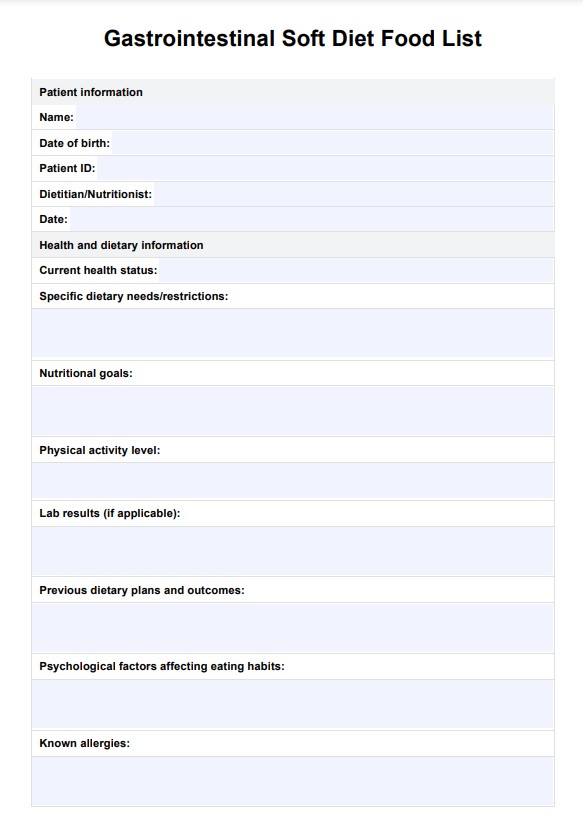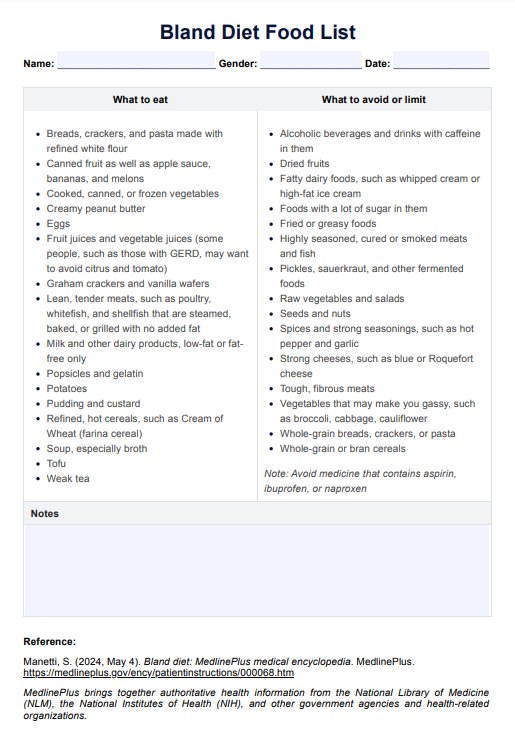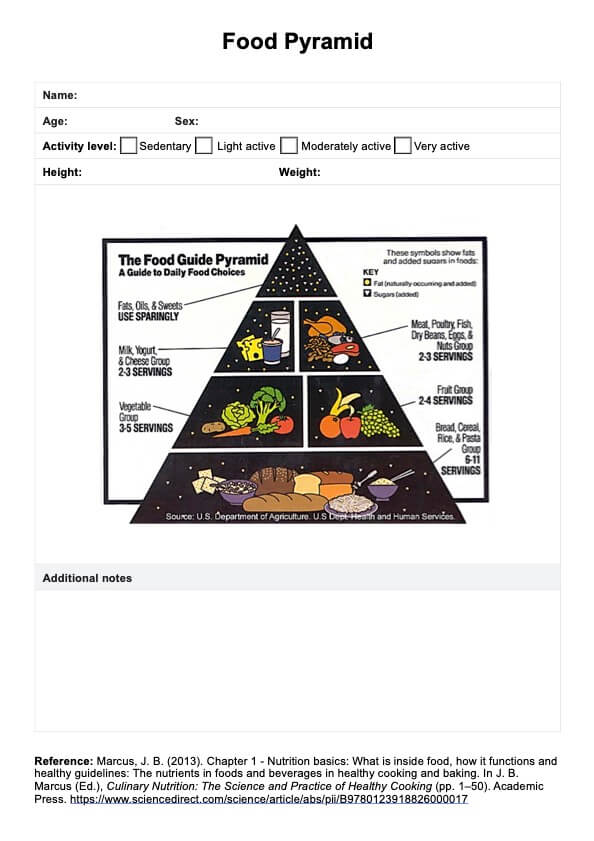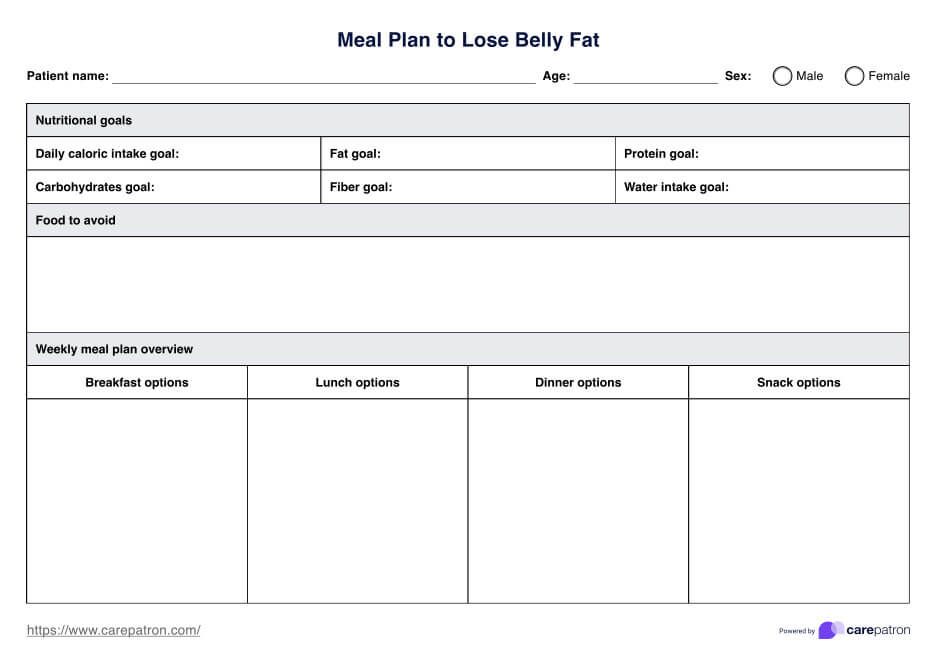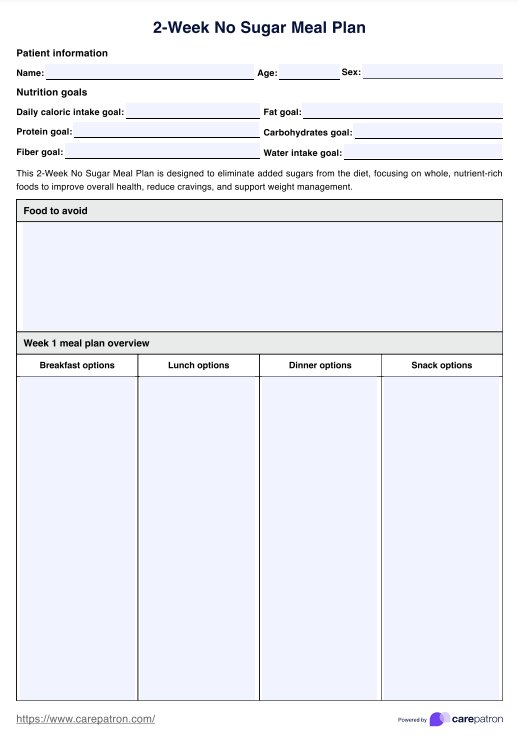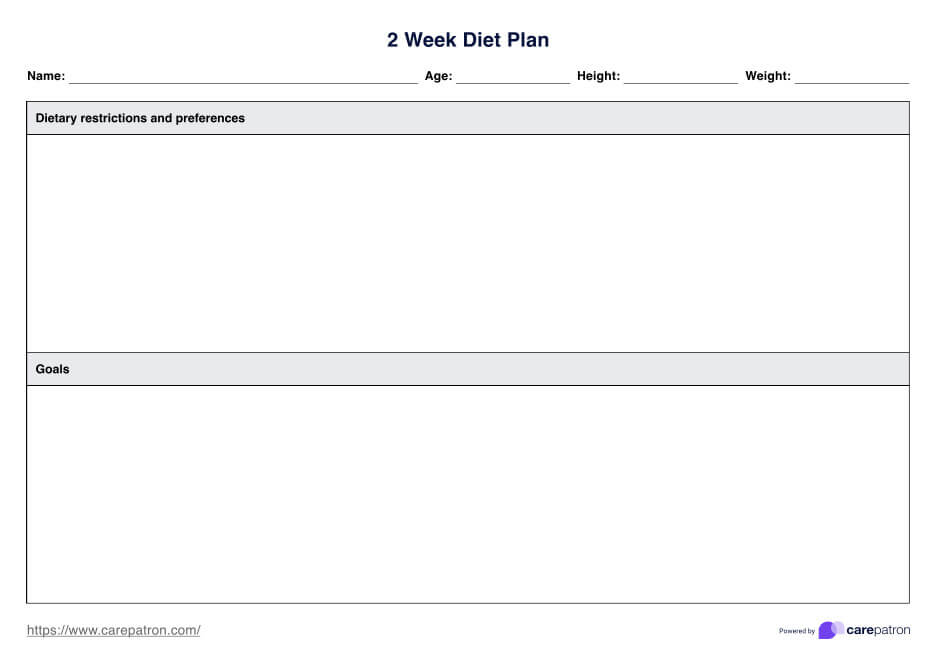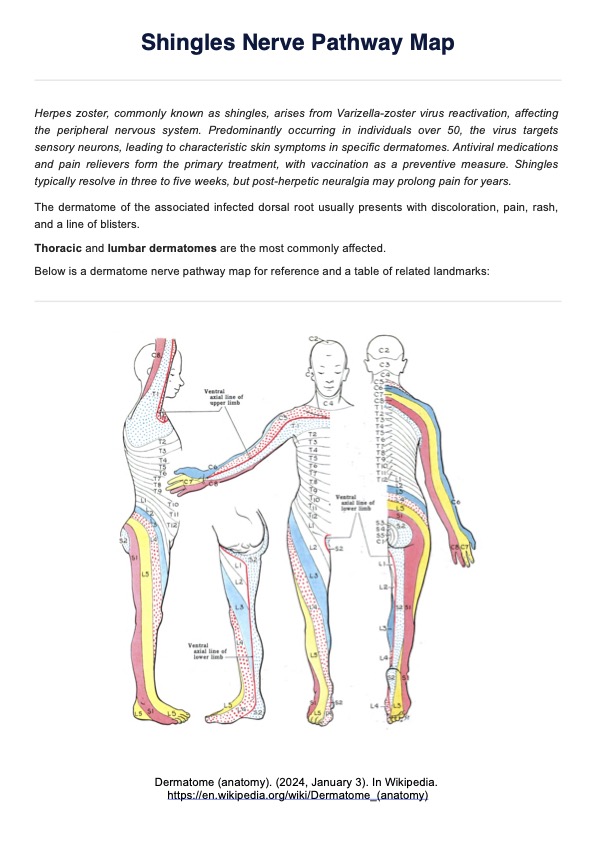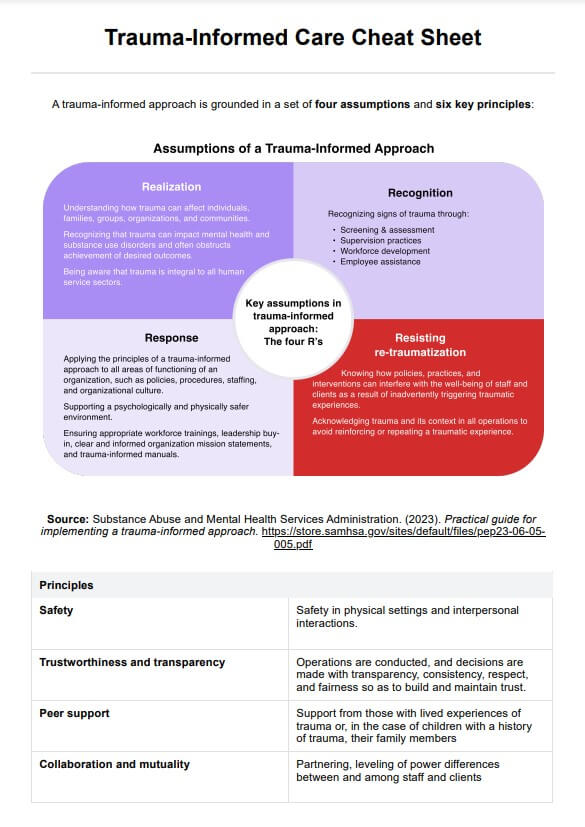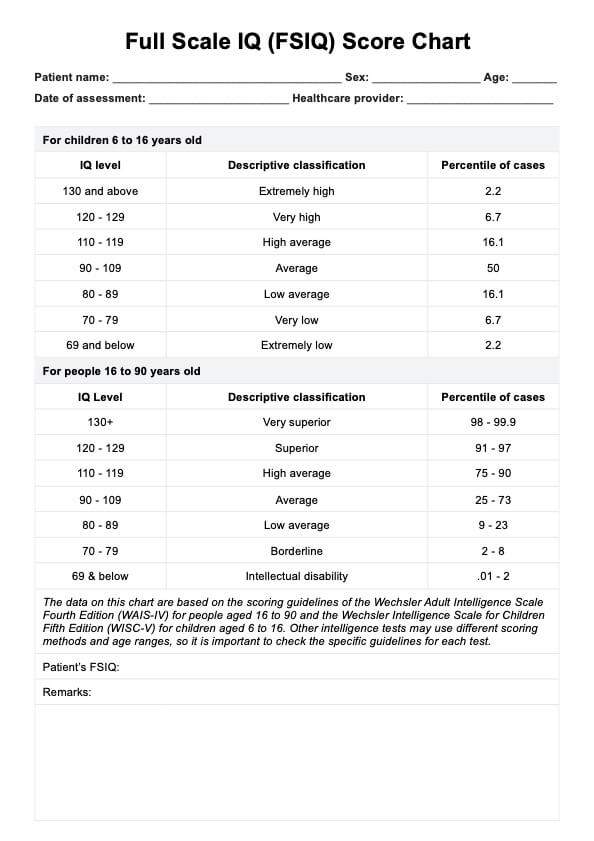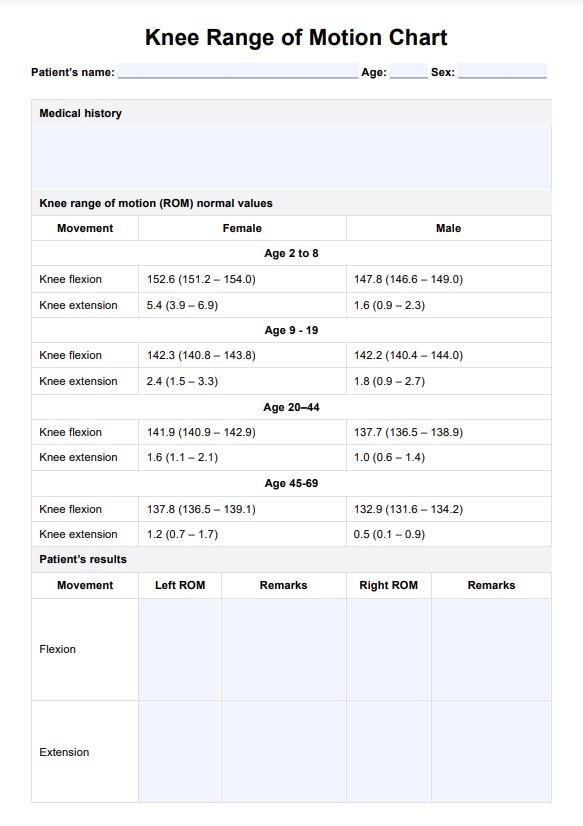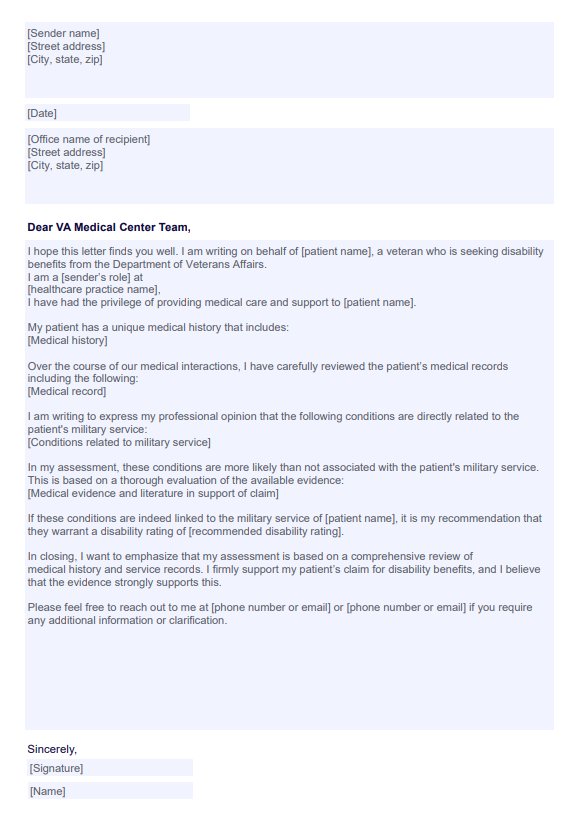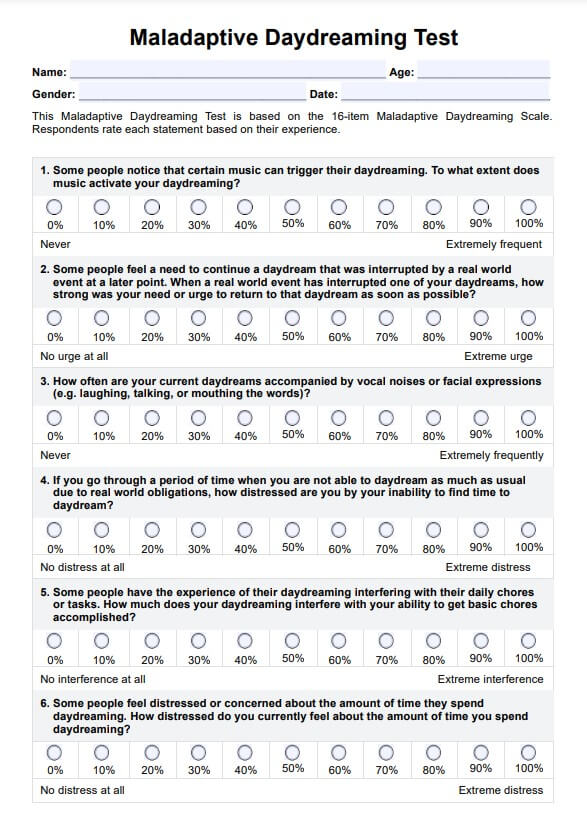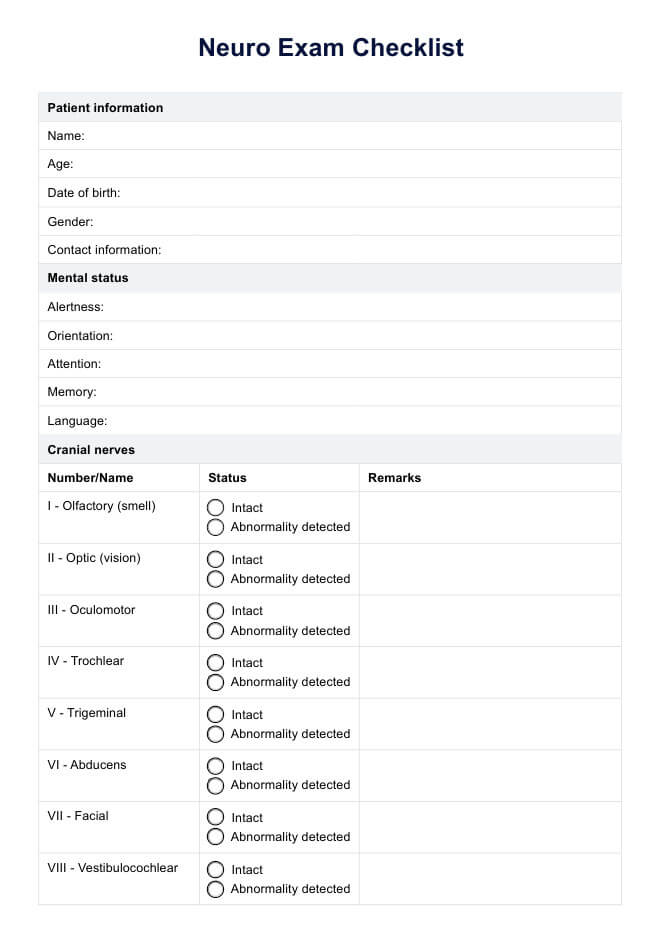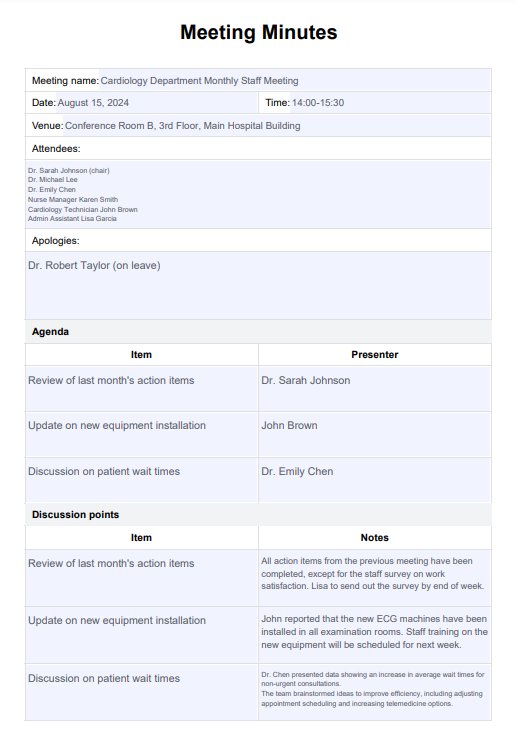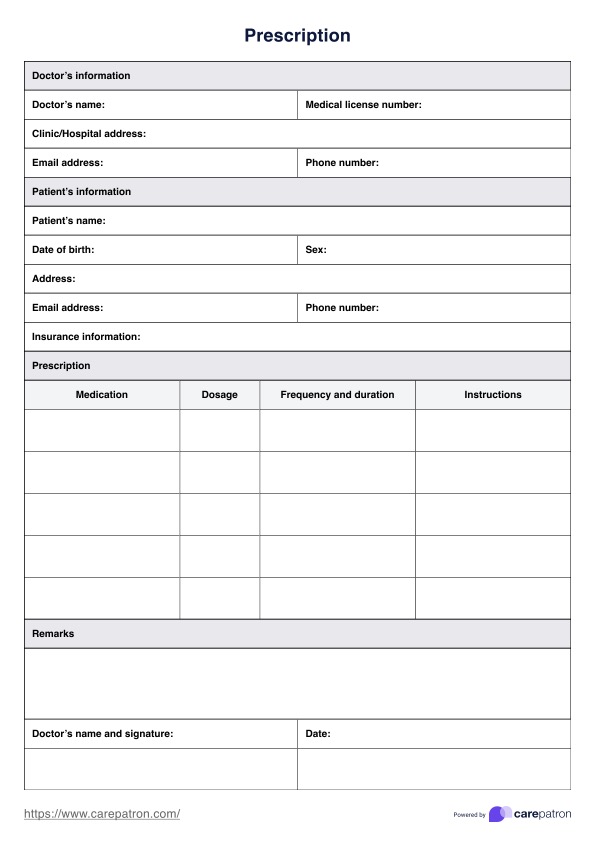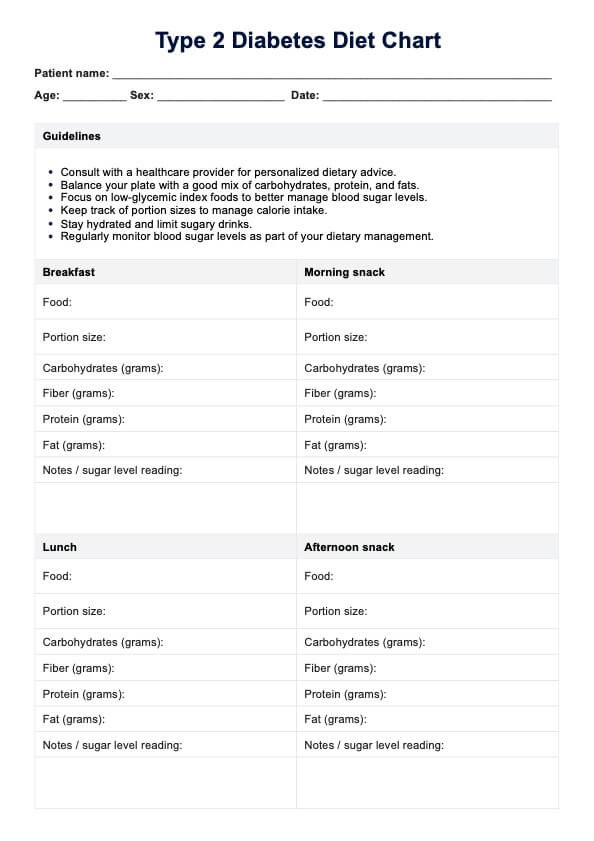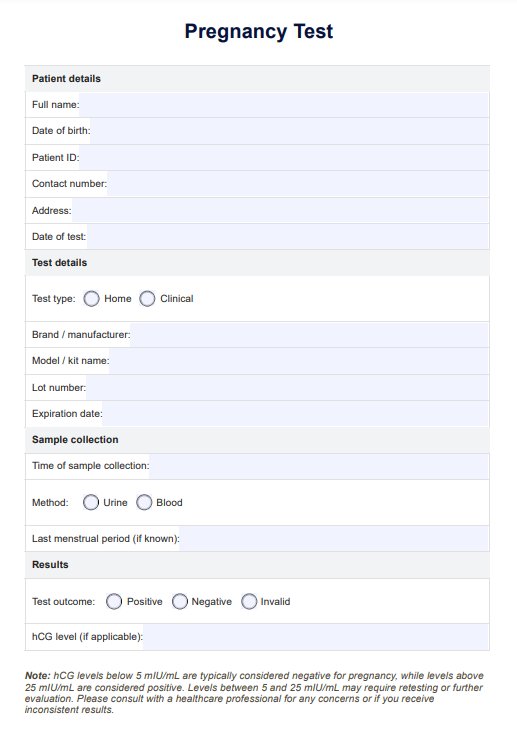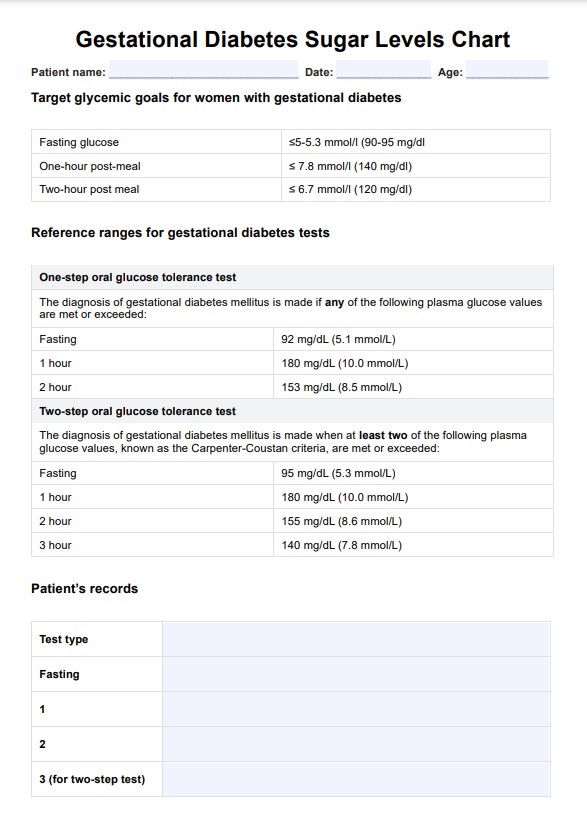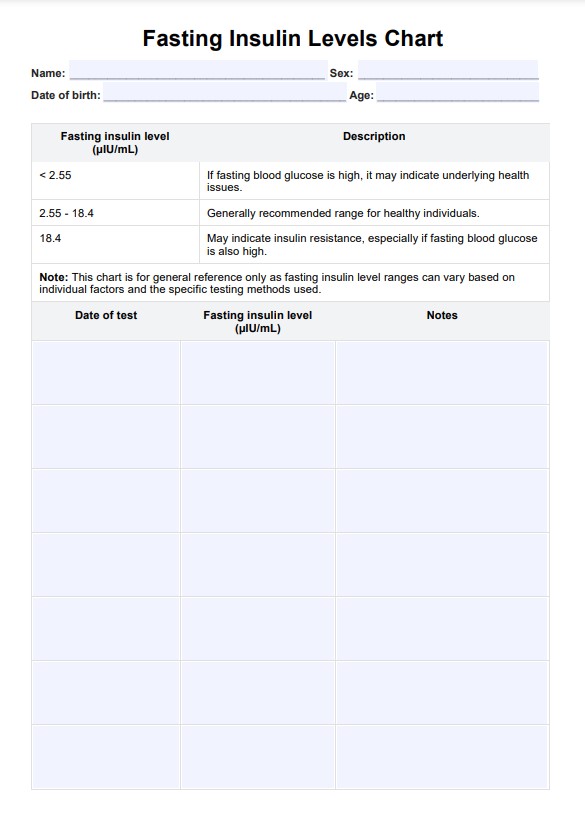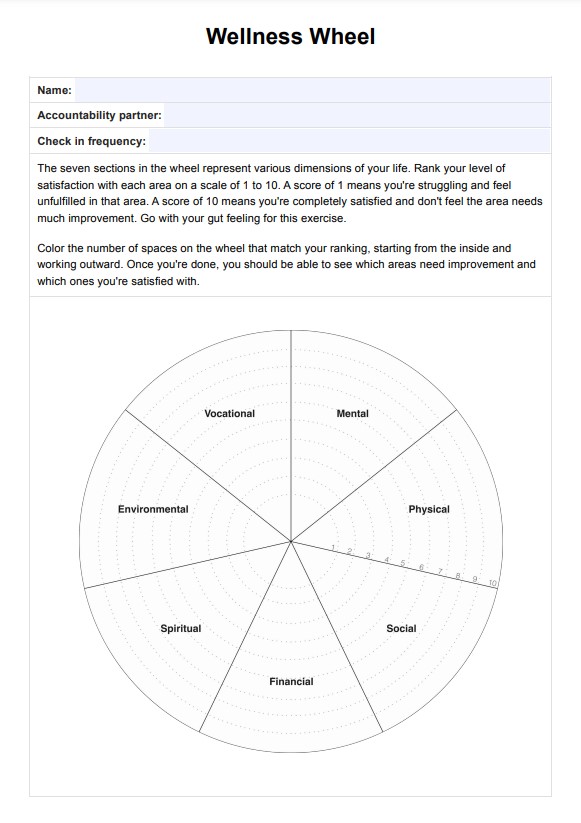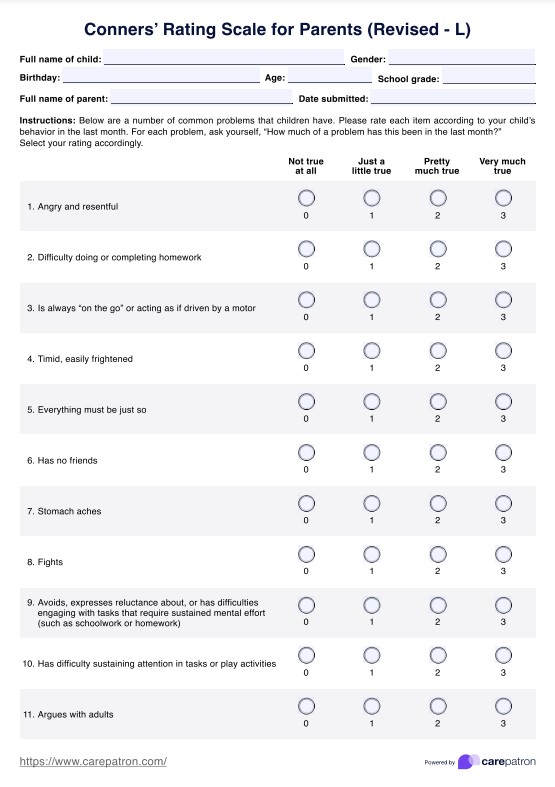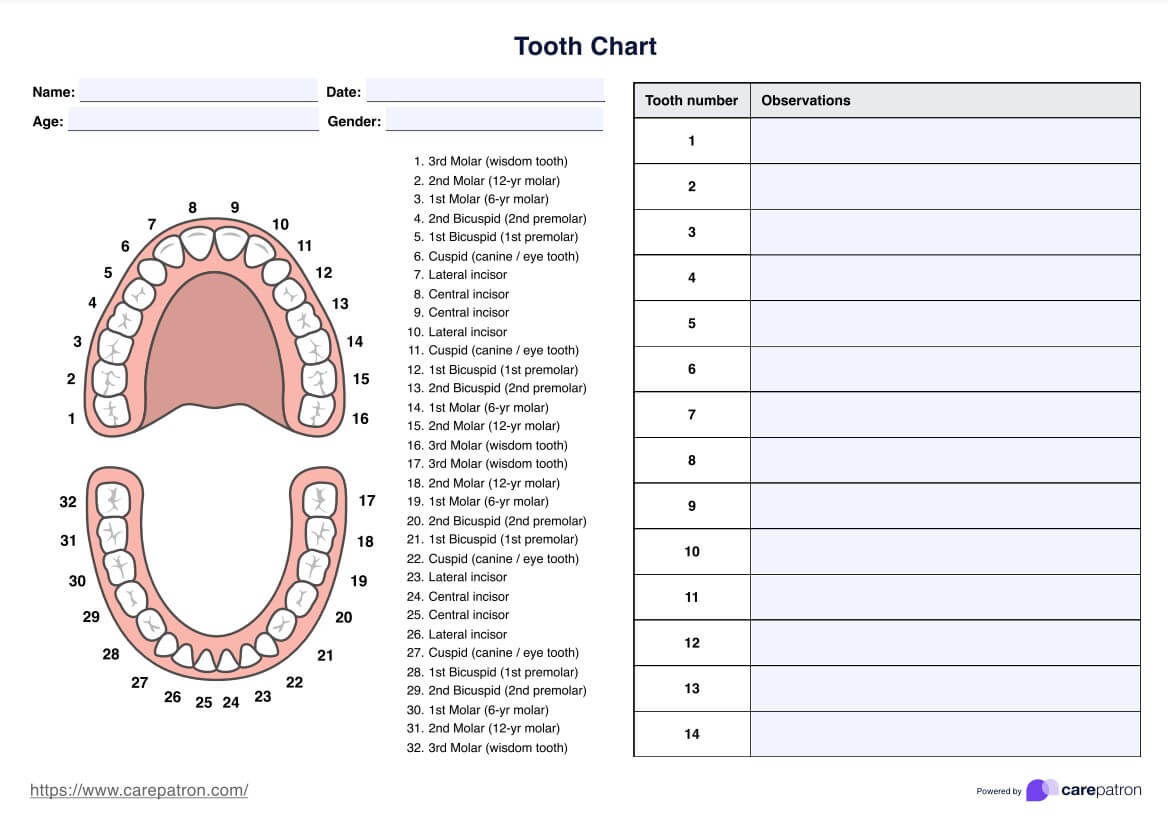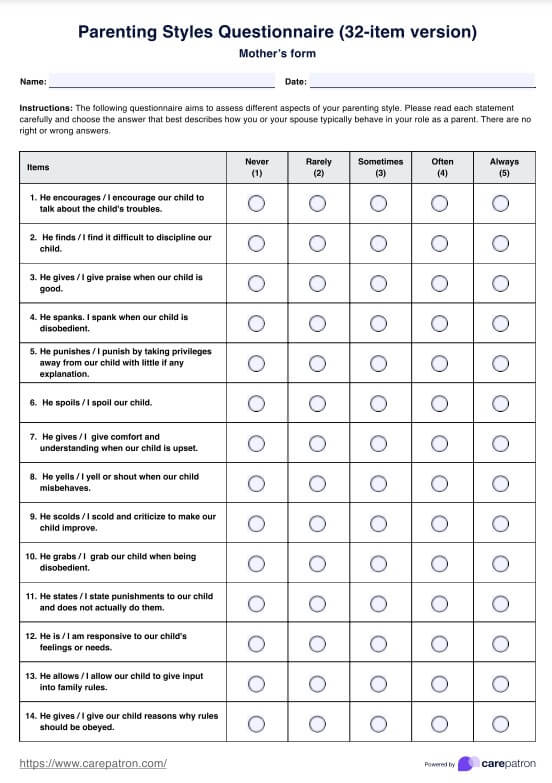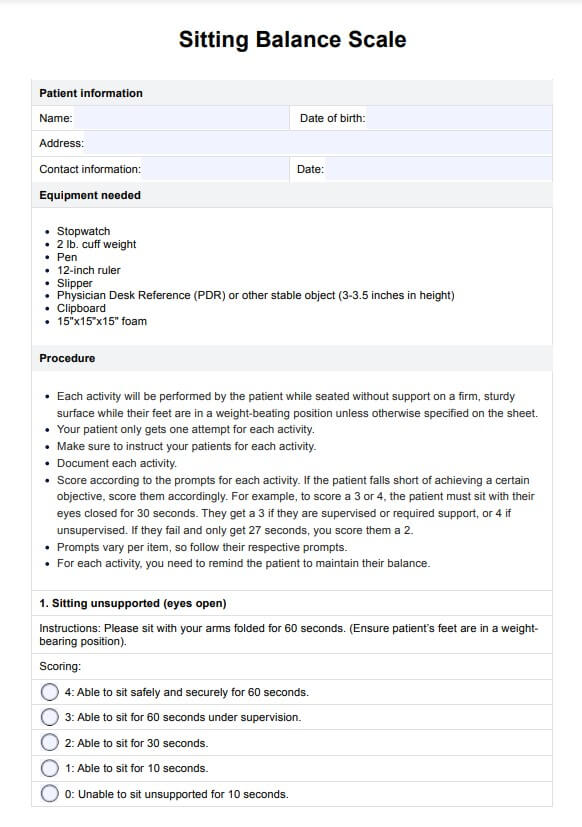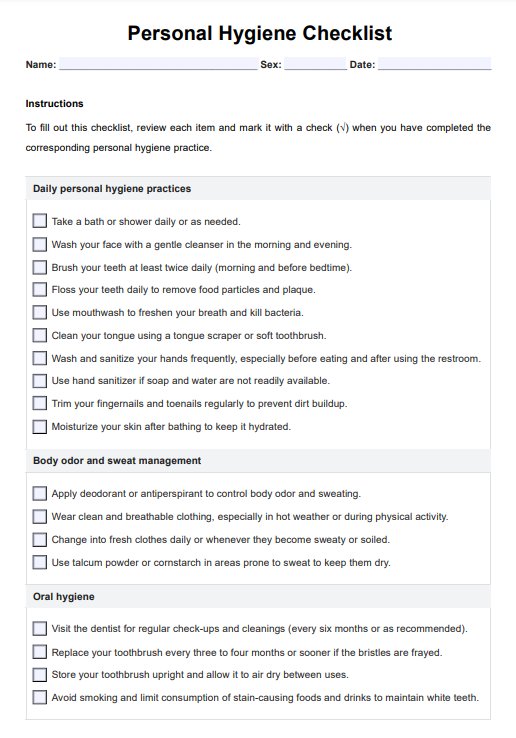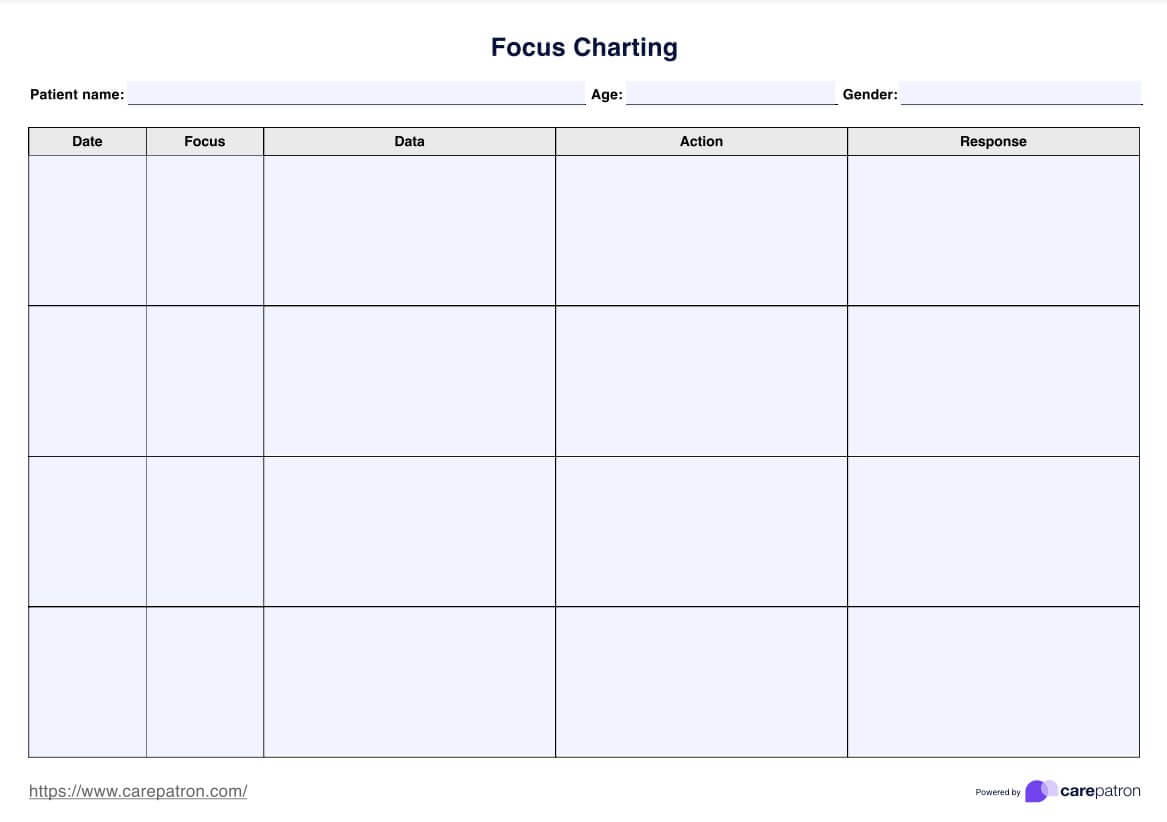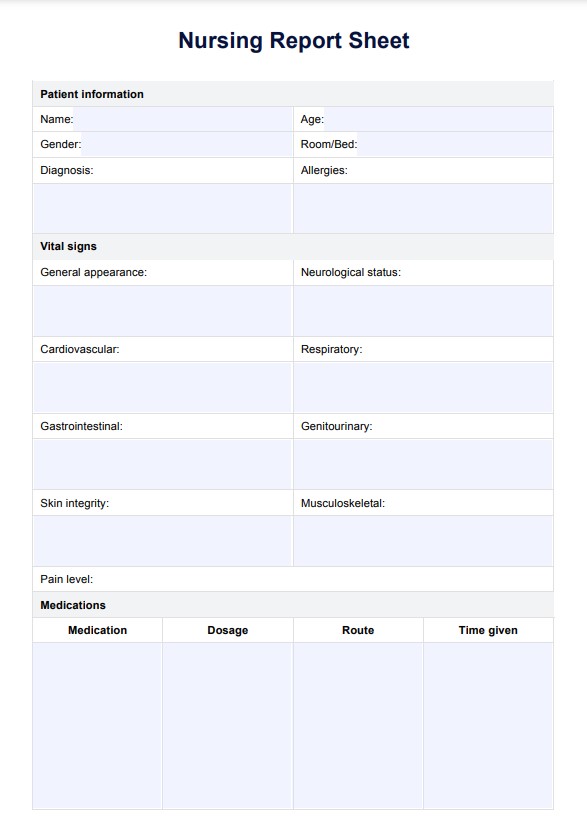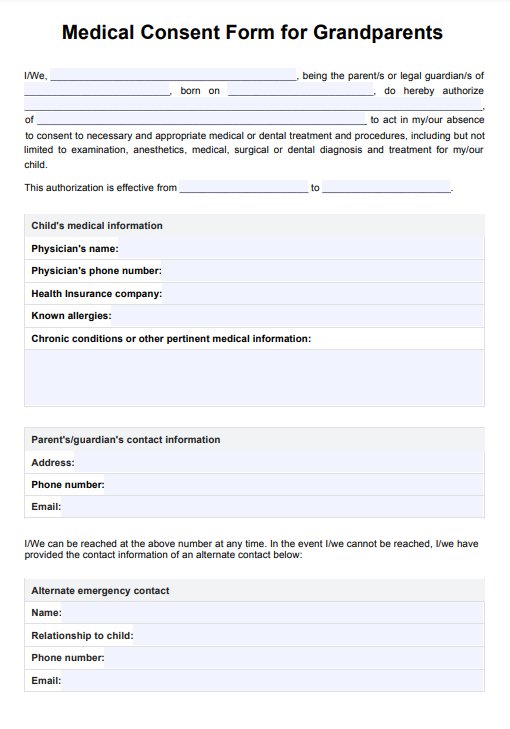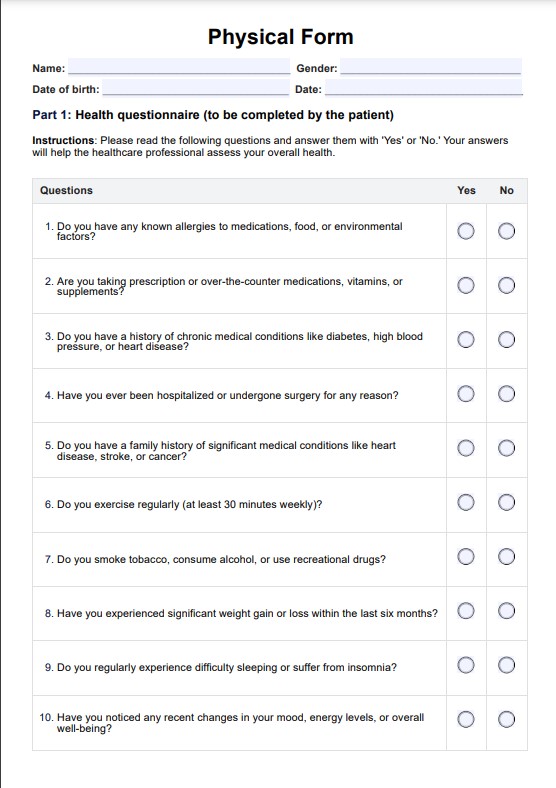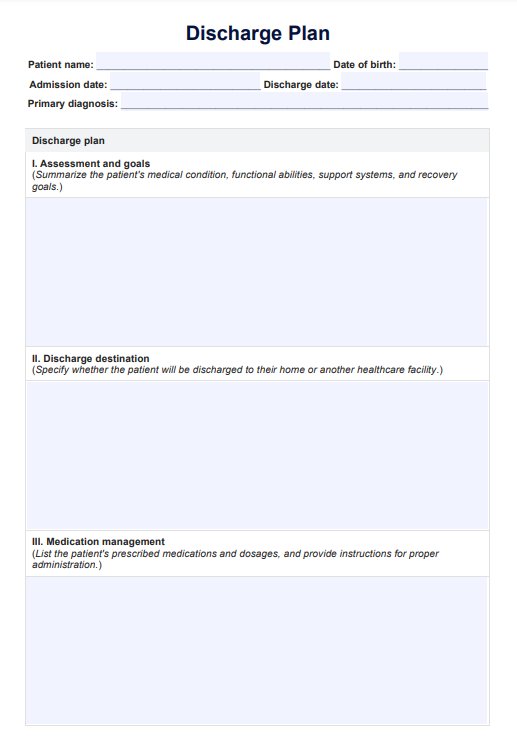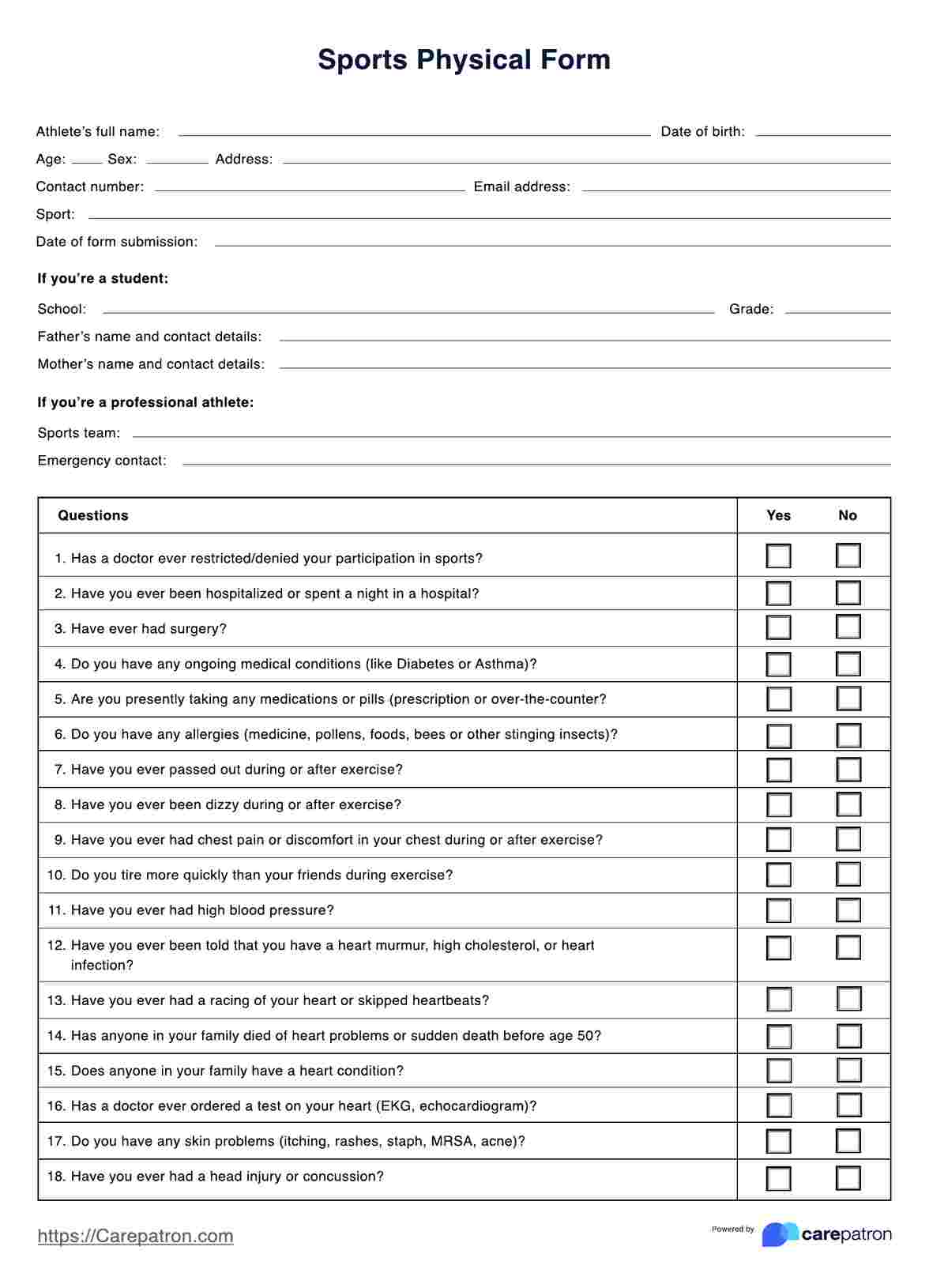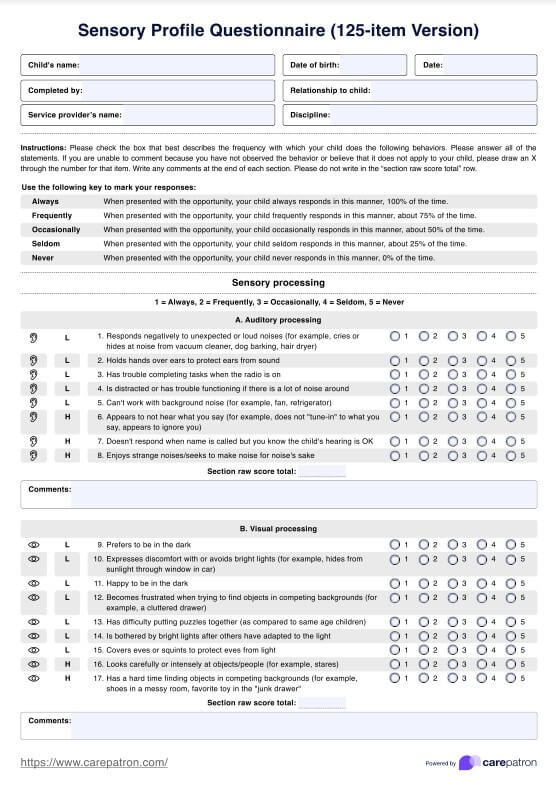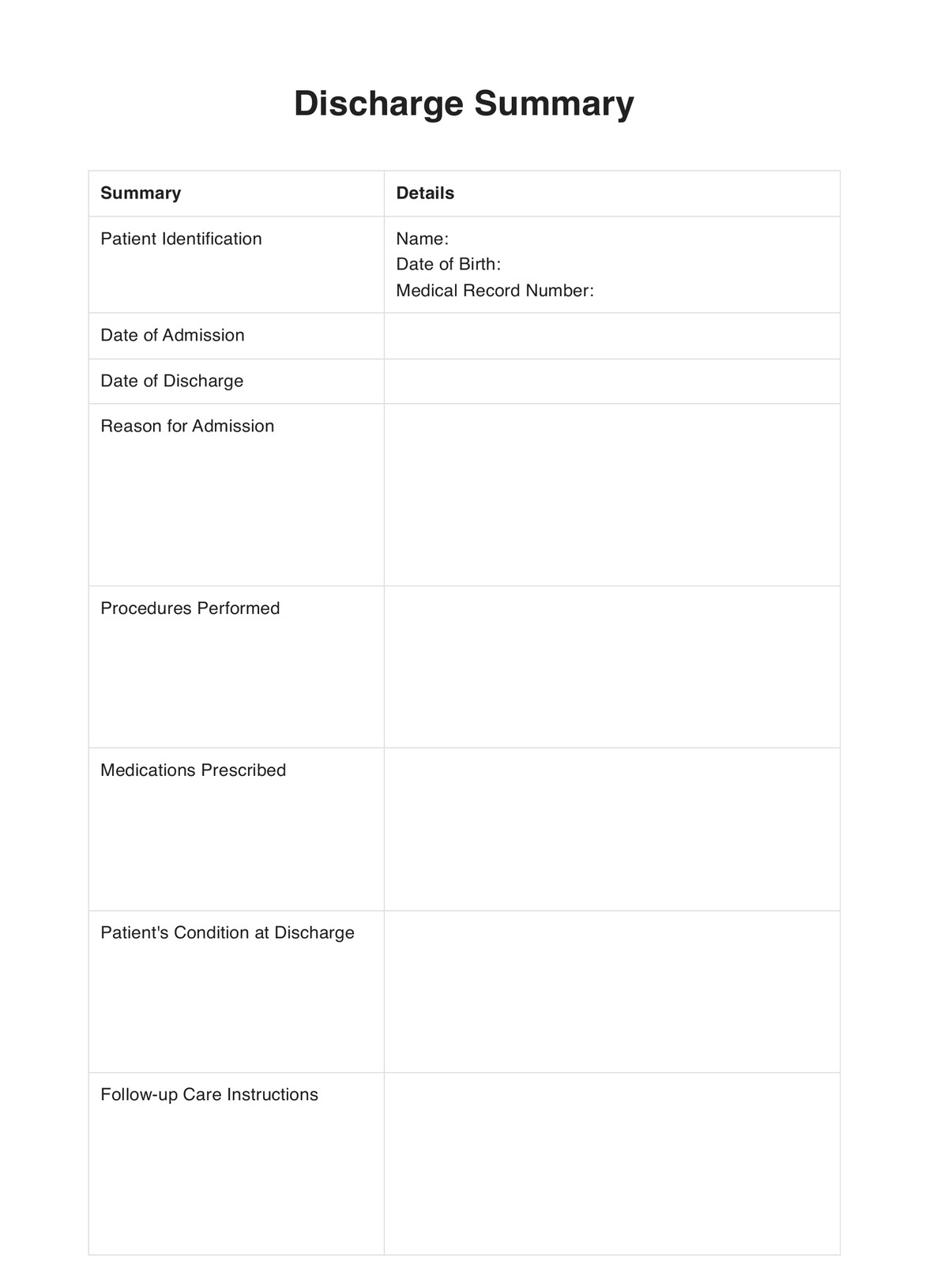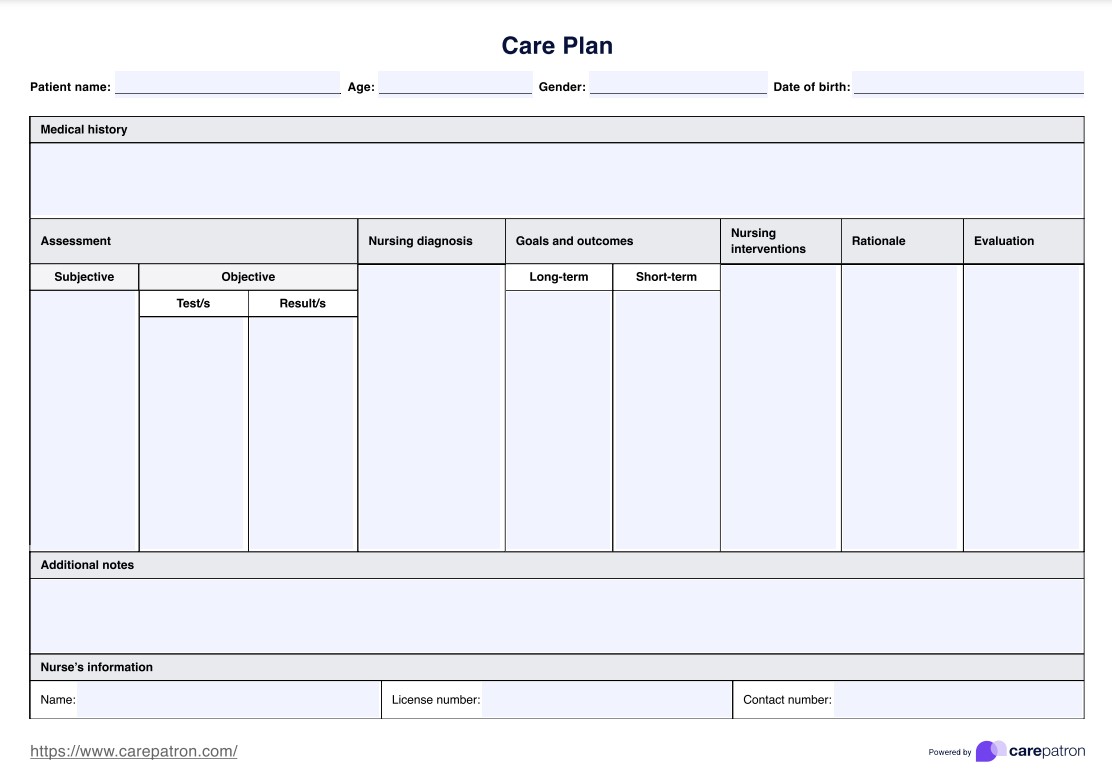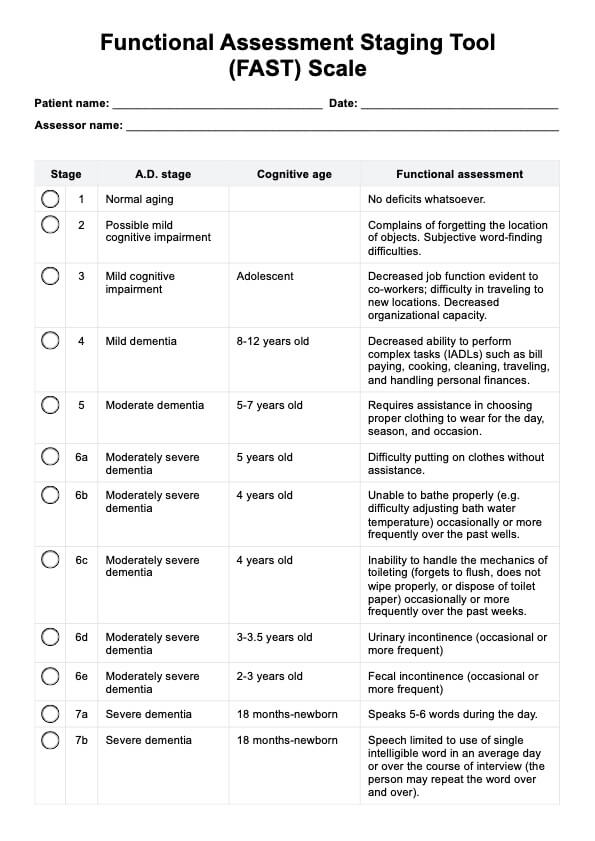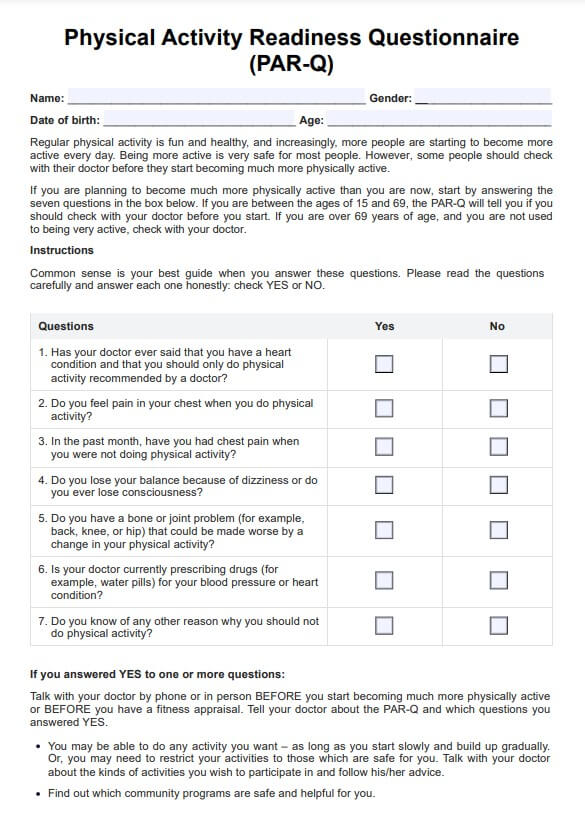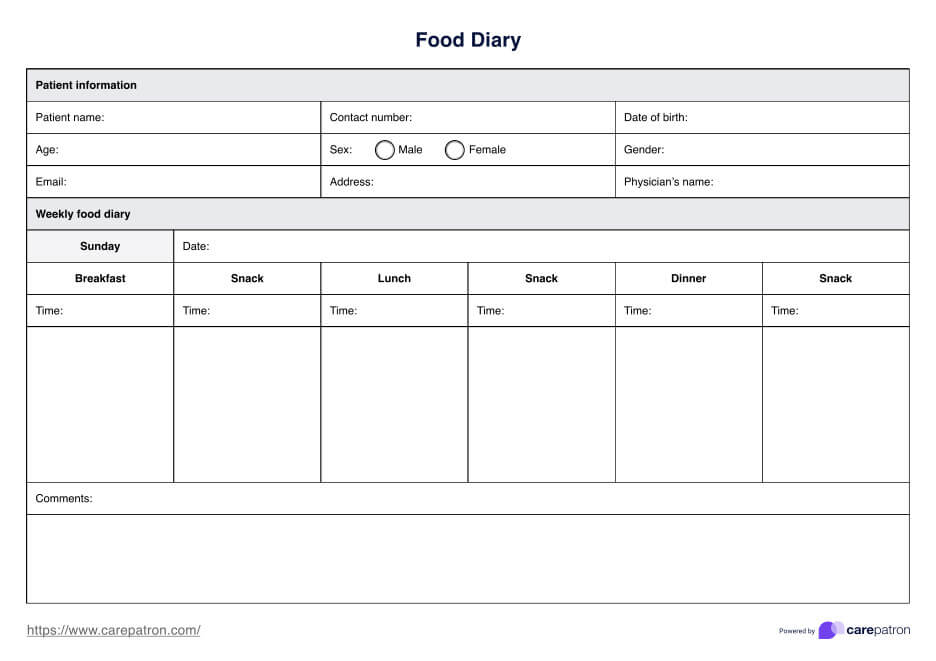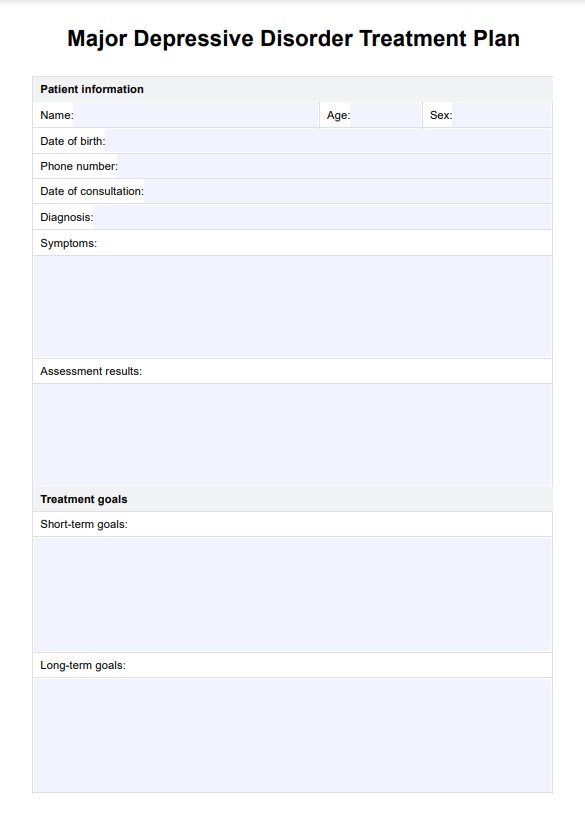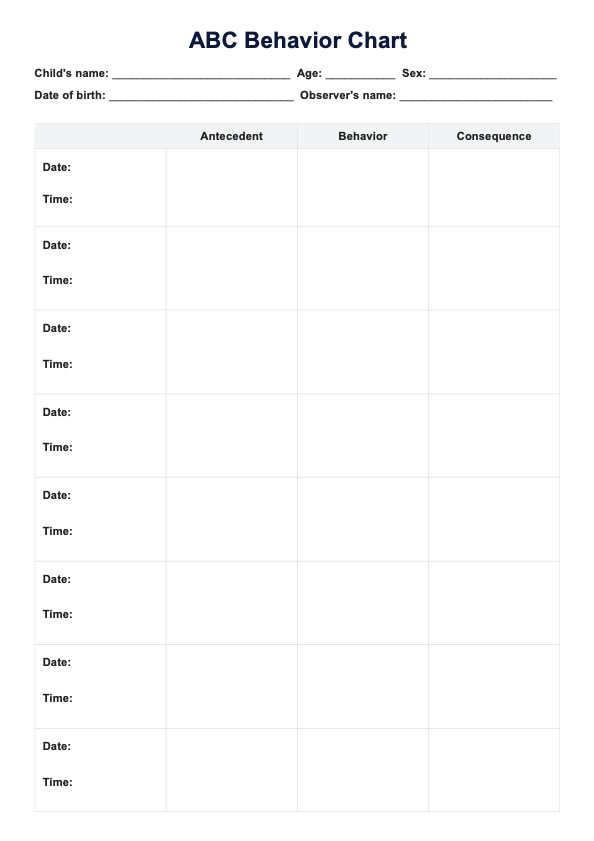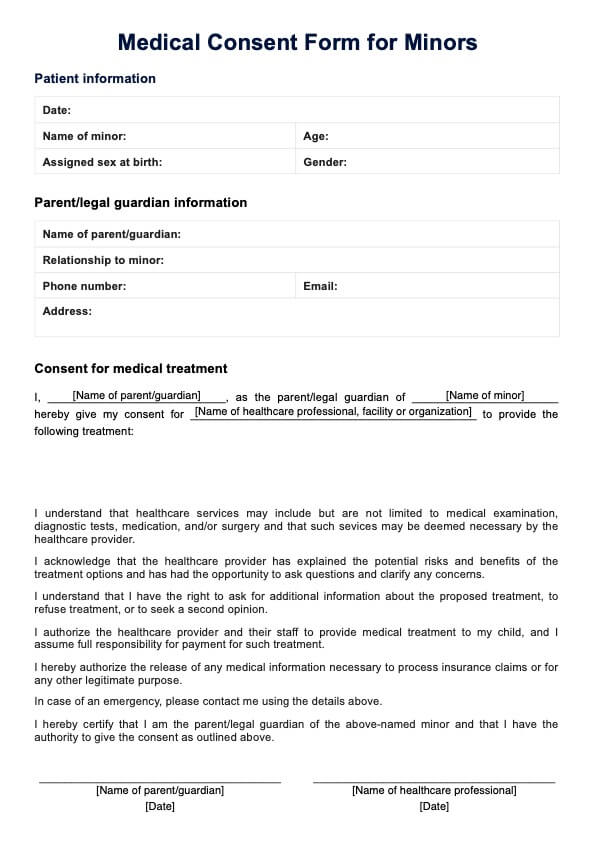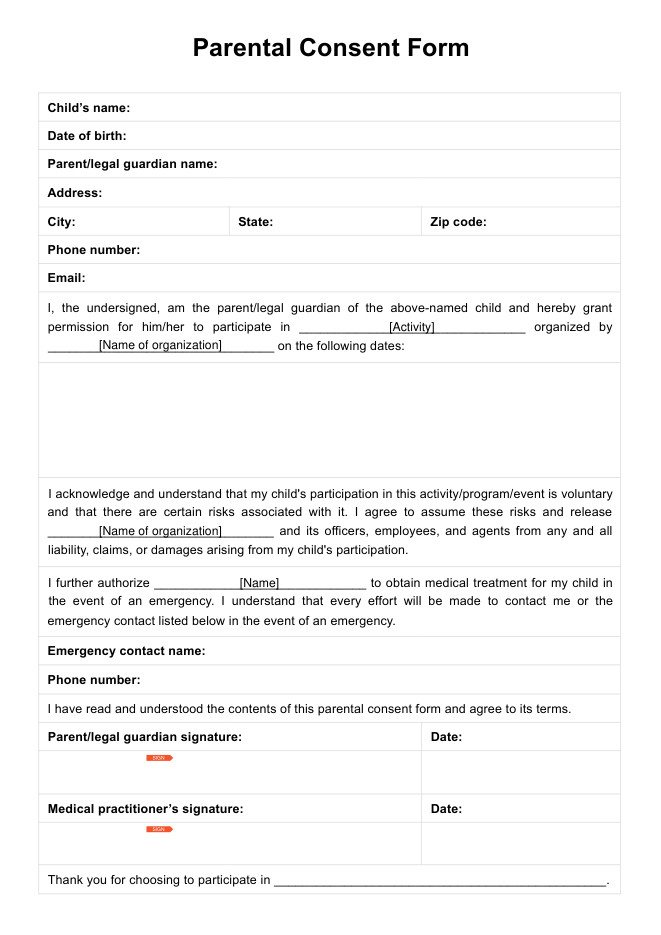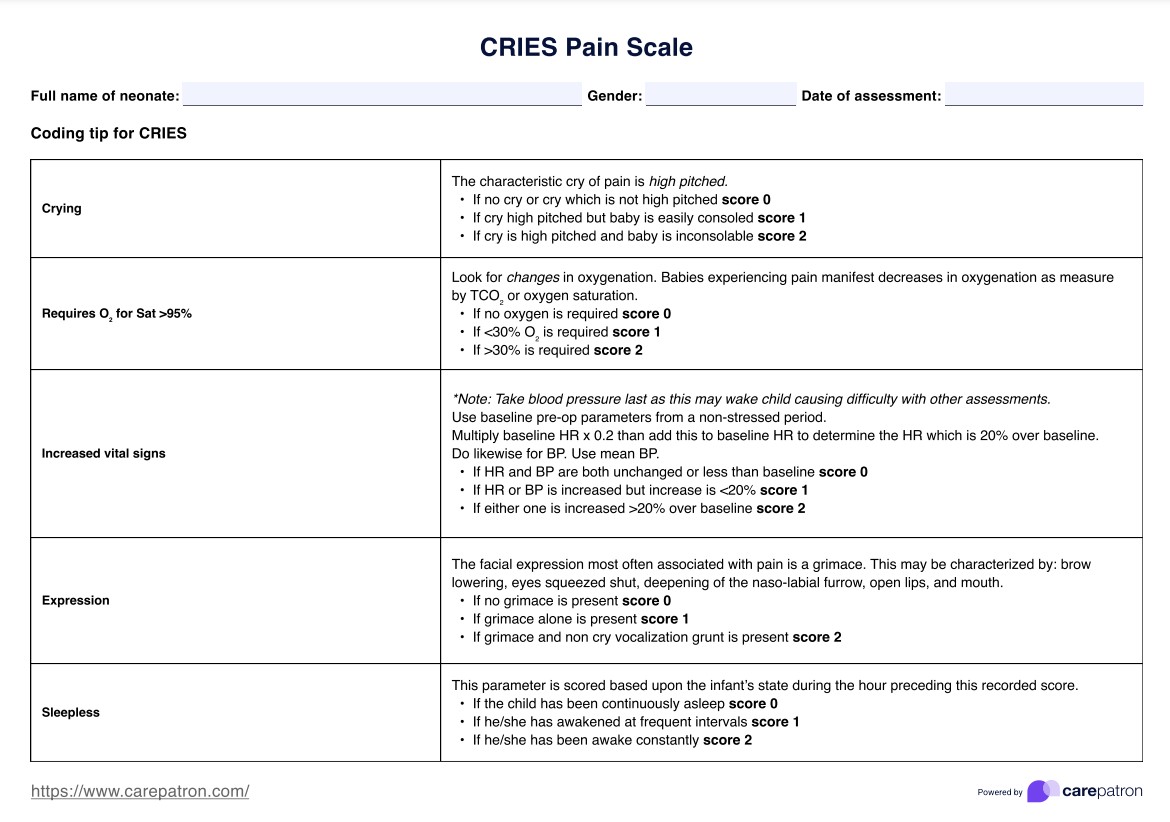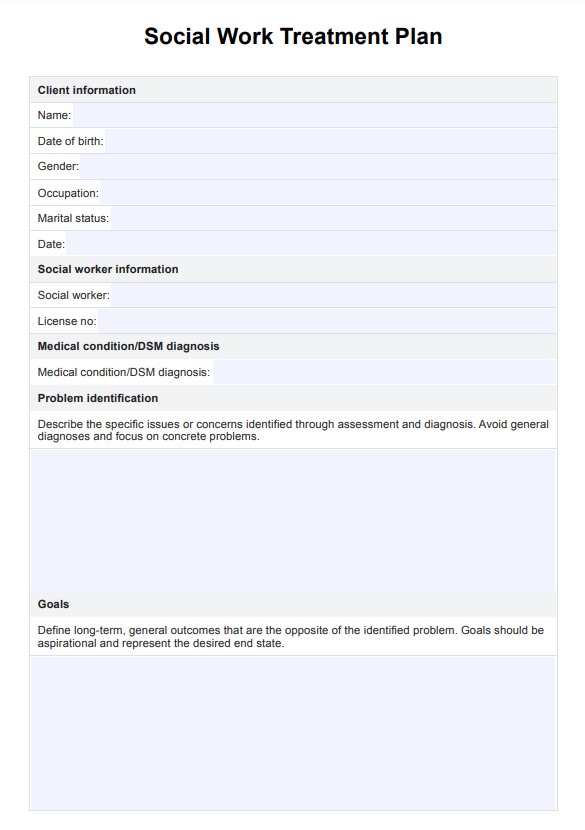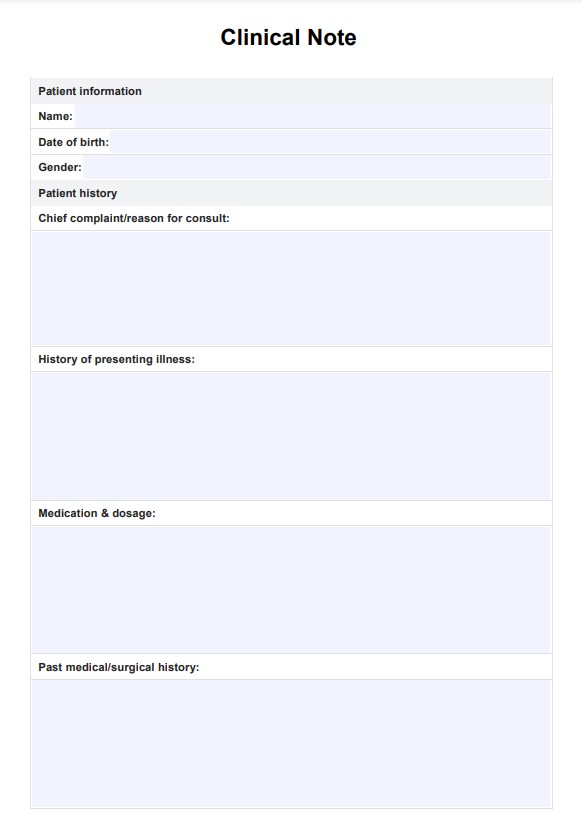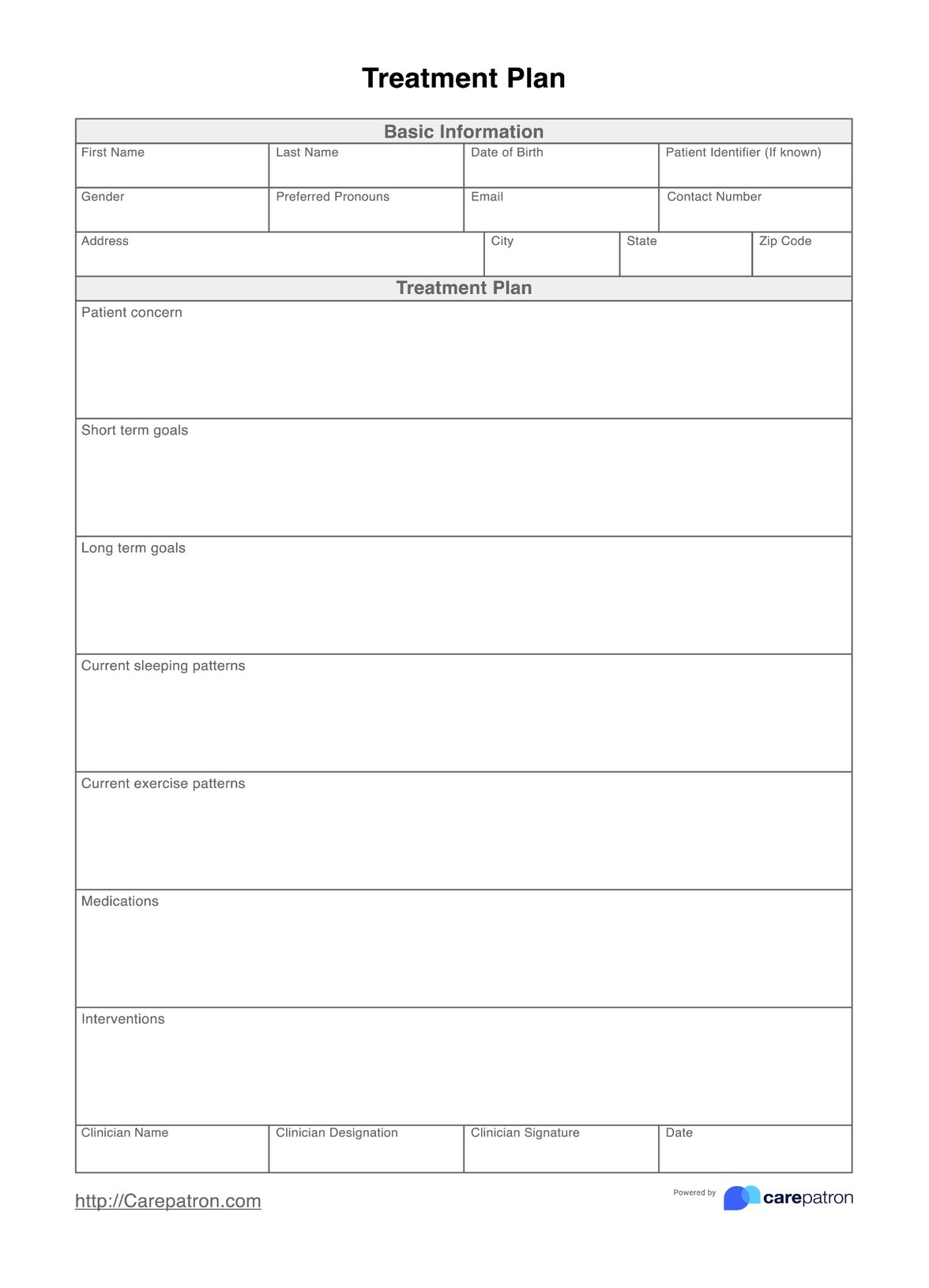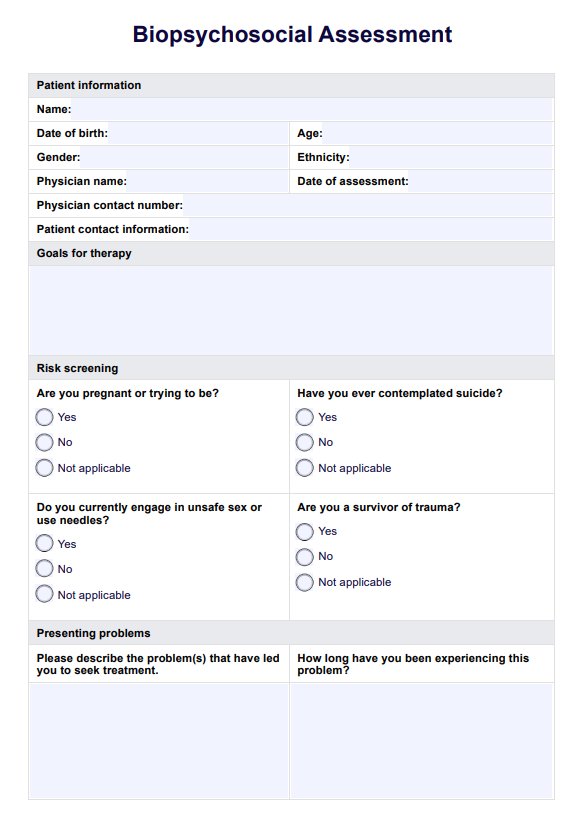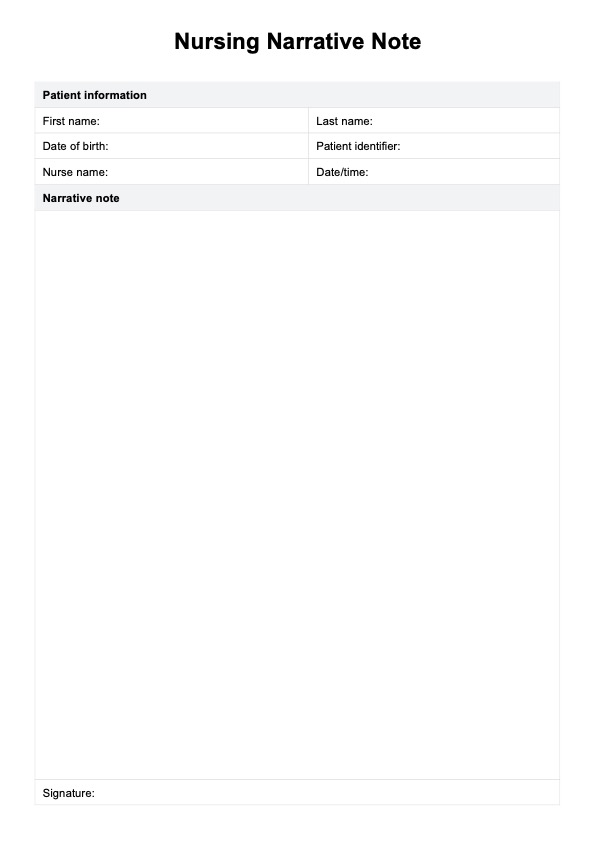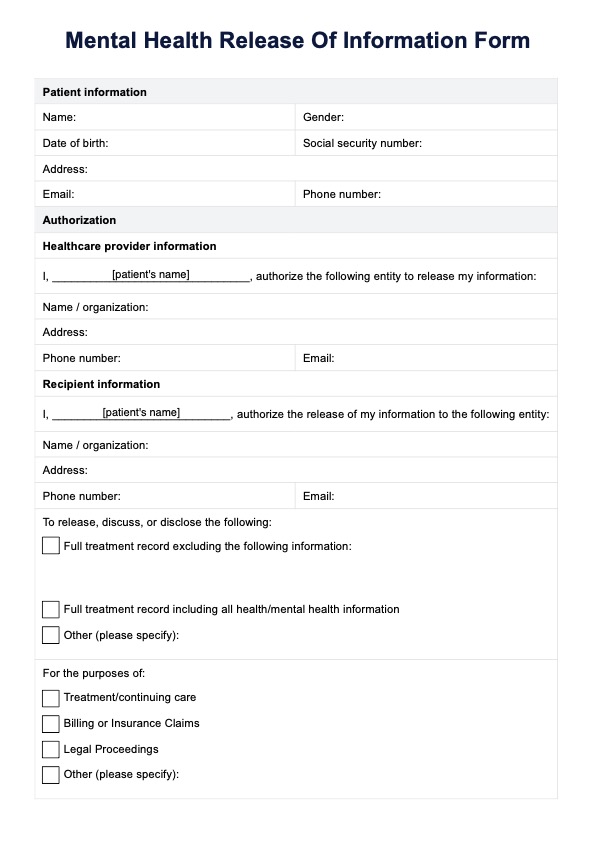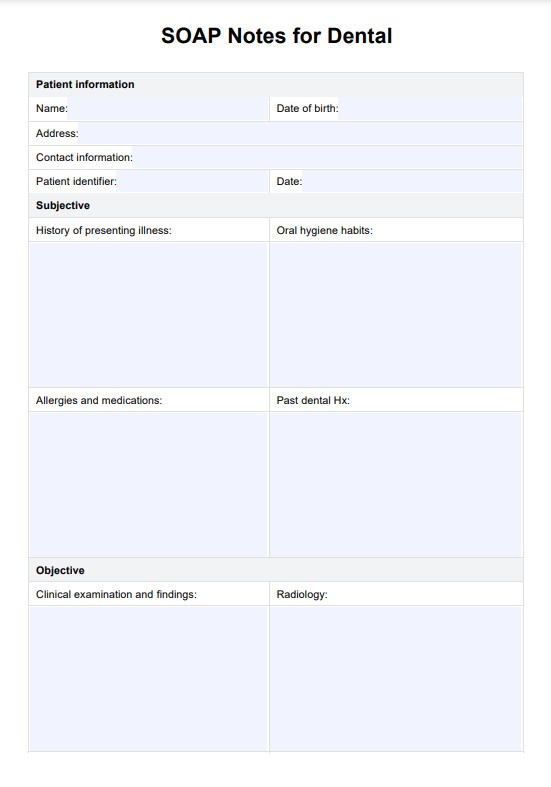Emotional Literacy Activities Handout
Explore engaging activities with our Emotional Literacy Activities Handout to help clients recognize, express, and understand emotions.


What is emotional literacy?
Emotional literacy refers to the ability to understand, express, and manage one’s own emotions effectively while recognizing and responding to the emotions of others. It is a key component of emotional intelligence, which involves the skills needed to identify and regulate feelings, both in oneself and in social interactions.
Building emotional literacy is essential for fostering emotional awareness. It helps individuals develop an extensive emotional vocabulary to label and understand their own feelings. By recognizing different emotions—whether expressed through facial expressions or body language—people can cultivate a deeper connection with themselves and others.
Developing emotional intelligence provides numerous benefits, such as enhanced self-esteem, better relationships, and improved stress management. This awareness allows individuals to manage stress more effectively and contributes to their overall emotional well-being. Mental health professionals play a crucial role in helping people build emotional literacy through emotional intelligence assessment and specialized emotional intelligence tools. These experts guide individuals and groups in identifying their own emotions and navigating challenges through emotional intelligence group activities.
Emotional Literacy Activities Handout Template
Emotional Literacy Activities Handout Example
How does our Emotional Literacy Activities Handout work?
Carepatron’s Emotional Literacy Activities Handout is designed to assist healthcare professionals in guiding patients toward improved emotional awareness and emotional intelligence. By following these straightforward steps, practitioners can effectively use the handout to support patients in building essential emotional skills and enhancing their emotional wellbeing.
Step 1: Access the handout
Healthcare professionals can find the Emotional Literacy Activities Handout template conveniently within this guide. Download and print the handout or access it digitally to share with patients as part of their treatment plan. If working with children, it’s best to involve their parent or guardian in the discussion to ensure they understand the exercises and can support the child’s progress at home.
Step 2: Introduce the handout to the patient
Explain the handout to the patient and its purpose and relevance. Emphasize that these activities are designed to help them better understand and manage their emotions and responses, leading to stronger self-esteem and emotional growth.
Step 3: Discuss the handout components with the patient
Go over each section of the handout with the patient, detailing activities aimed at identifying different emotions, expanding emotional vocabulary, and practicing recognition of facial expressions and body language. Clarify how these exercises contribute to their own emotional intelligence development.
Step 4: Provide further patient education
Enhance the effectiveness of the handout by offering additional insights and resources. Recommend related emotional intelligence tools and strategies for stress management, such as emotional intelligence assessment or group activities, to support ongoing learning and skill reinforcement.
6 examples of emotional literacy activities
Fostering emotional literacy in children is essential for building self-awareness, enhancing emotional intelligence, and developing fundamental skills related to emotional well-being. Here are some activities that support emotional growth and can be used by parents, teachers, and healthcare professionals (BrightPaths, n.d.; Merrymount Family Support and Crisis Centre, 2020; Vanderbilt Kennedy Center, n.d.).
Mirror exercise
In this activity, the individual stands in front of a mirror, makes different facial expressions, and identifies the emotions associated with each one. This exercise helps one understand nonverbal cues and reflect on how body language communicates emotions.
Find that feeling
This activity is like a word search puzzle where an individual looks for different emotions listed in the grid. Finding these words reinforces emotional vocabulary and recognition skills.
Relaxation thermometer
The relaxation thermometer is a tool where one can rate their level of stress or relaxation on a scale. By identifying where they fall on the thermometer, they become more aware of their feelings, which can help them choose appropriate relaxation techniques to self-soothe.
Calm down space
This is great especially for children. A calm down space is a designated area filled with comforting items like soft cushions, books, and sensory toys. It allows children to relax when they feel overwhelmed and helps them regulate their emotions by giving them a private spot to calm down and reset.
Feelings check-in
Regular feelings check-ins provide a safe space for children to share their emotions with descriptive words. These check-ins help children express themselves, build empathy, and practice active listening, fostering an emotionally supportive environment.
Gratitude activities
Gratitude activities like keeping a gratitude journal encourage children to reflect on what they’re thankful for each day, which can improve self-esteem and foster a positive mindset. Practicing gratitude helps reinforce emotional intelligence and promotes overall well-being by focusing on the positive aspects of life.
Benefits of using our Emotional Literacy Activities Handout
The Emotional Literacy Activities Handout is a powerful tool for medical professionals aiming to enhance their practice and support patients’ emotional development. By incorporating these activities, professionals can foster deeper emotional connection and growth within their patient interactions. Here are some key benefits:
Supports the development of emotional intelligence
The handout serves as an effective tool to help patients develop emotional intelligence. By recognizing and processing so many emotions, patients learn to manage both positive and negative emotions, which is essential for fostering resilience and self-regulation. For healthcare providers, this means they can enhance patient outcomes with structured, emotionally-focused interventions.
Encourages emotional connection
The handout promotes emotional literacy and fosters an emotional connection between patients and professionals. This connection builds trust and a deeper therapeutic alliance, encouraging patients to express themselves openly. This can improve their personal commitment to therapy and help healthcare providers gain a better understanding of each individual’s emotional landscape.
Helps establish a positive team atmosphere
For professionals working in group settings, the handout assists in creating the right team atmosphere. It can be used to build team norms focused on open communication and empathy, making it easier to support patients in recognizing and respecting else's perspectives. This creates a foundation of mutual support and emotional safety, improving the team's emotional intelligence.
Inspires creative approaches to emotional growth
The handout allows healthcare providers to develop creative ways to engage patients in emotional literacy activities. By using diverse exercises that resonate with patients, professionals can tailor sessions to meet individual needs, making emotional growth engaging and accessible for all types of patients.
References
BrightPaths. (n.d.). 7 activities to nurture emotional literacy and self-esteem. https://brightpaths.org.uk/blog/fun-activities-to-help-families-nurture-emotional-literacy-and-self-esteem/
Merrymount Family Support and Crisis Centre. (2020). Emotional literacy activity booklet. https://www.umassmed.edu/globalassets/child-trauma-training-center-cttc/images/emotional-literacy-activity-booklet-4.23.20.pdf
Vanderbilt Kennedy Center. (n.d.). Emotional literacy strategies. https://vkc.vumc.org/assets/files/triad/ffp/Emotion_Identification/Emotional_Literacy_Strategies.pdf
Commonly asked questions
Emotional literacy is the ability to recognize, understand, and express one's emotions effectively, contributing to self-awareness and healthy interpersonal relationships. It involves developing an emotional vocabulary and the skills needed to manage and communicate emotions constructively.
Emotional literacy can be taught through activities that focus on identifying and expressing different emotions, practicing empathy, and enhancing emotional awareness. Tools such as emotional intelligence activities, storytelling, and guided discussions can help individuals build these crucial skills.
Effective exercises for emotional regulation include mindfulness practices, feelings check-ins, and journaling, which promote self-reflection and self-improvement efforts. Activities such as deep breathing, progressive muscle relaxation, and identifying triggers for negative emotions also aid in managing stress and fostering emotional balance.



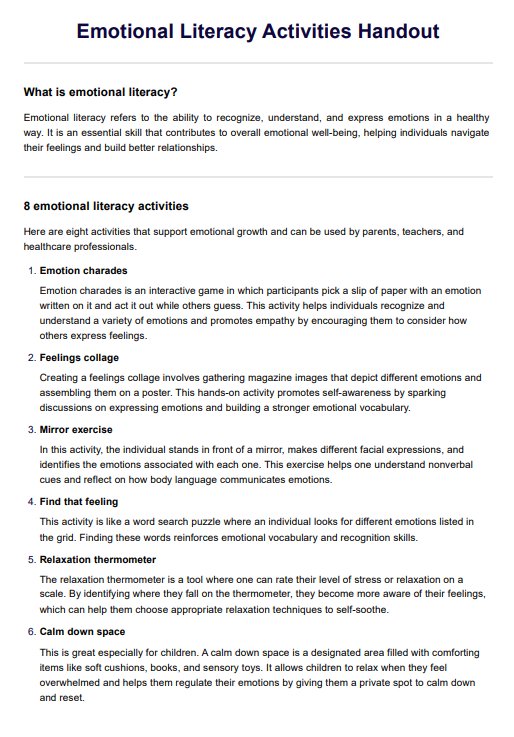

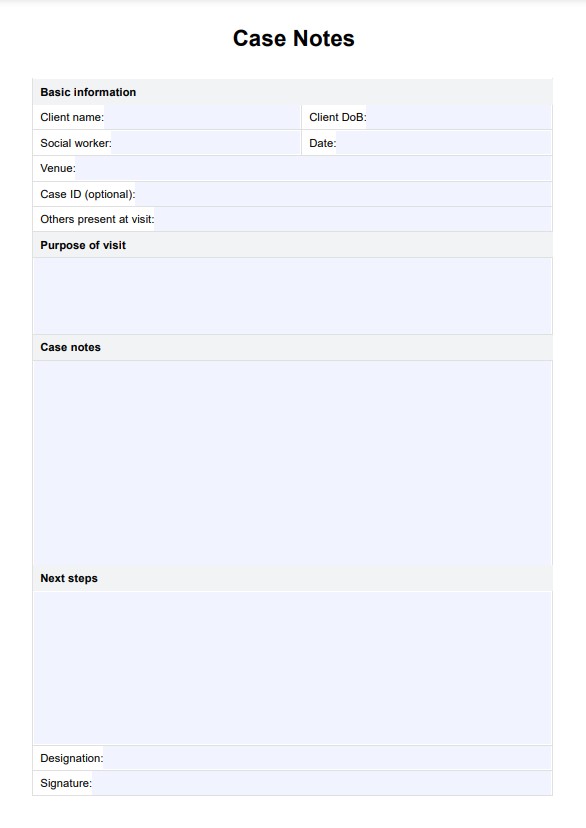
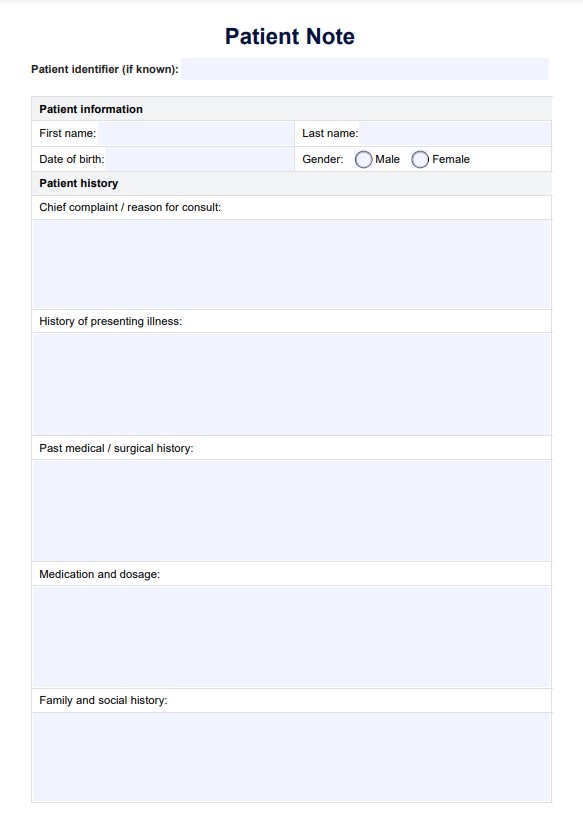
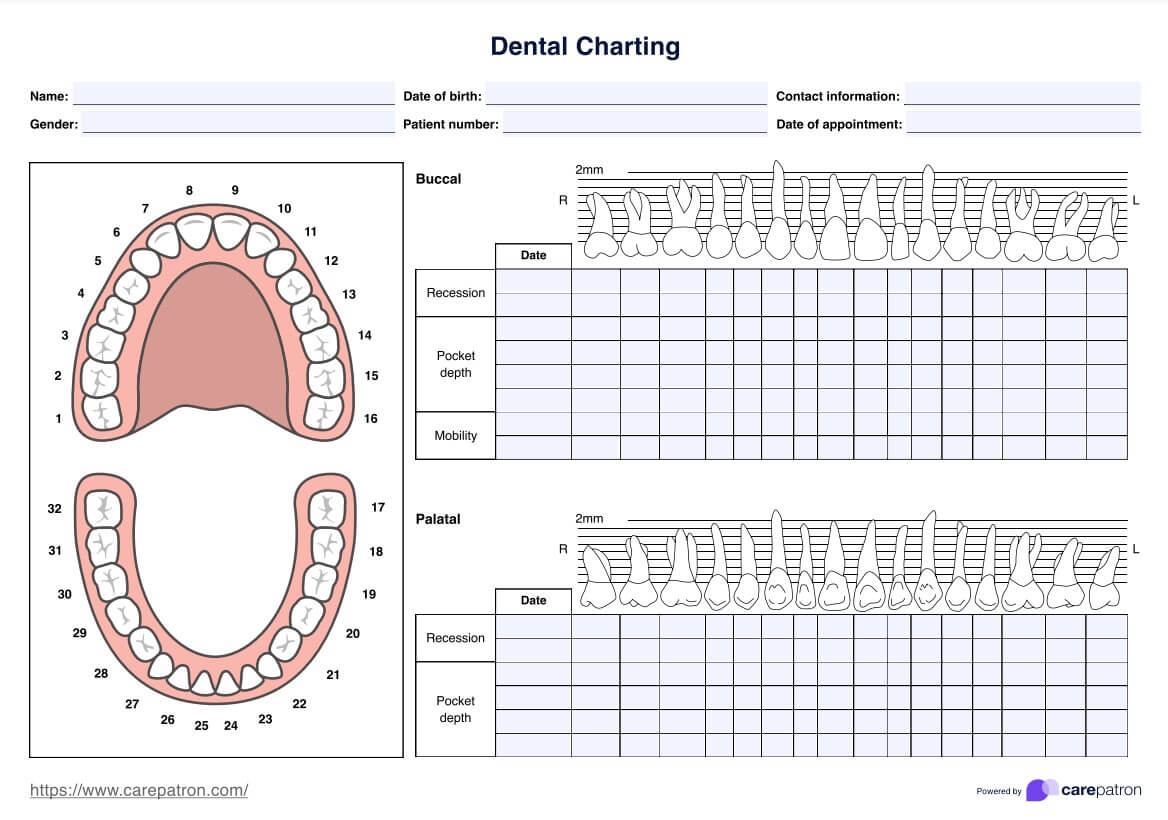









-template.jpg)


















